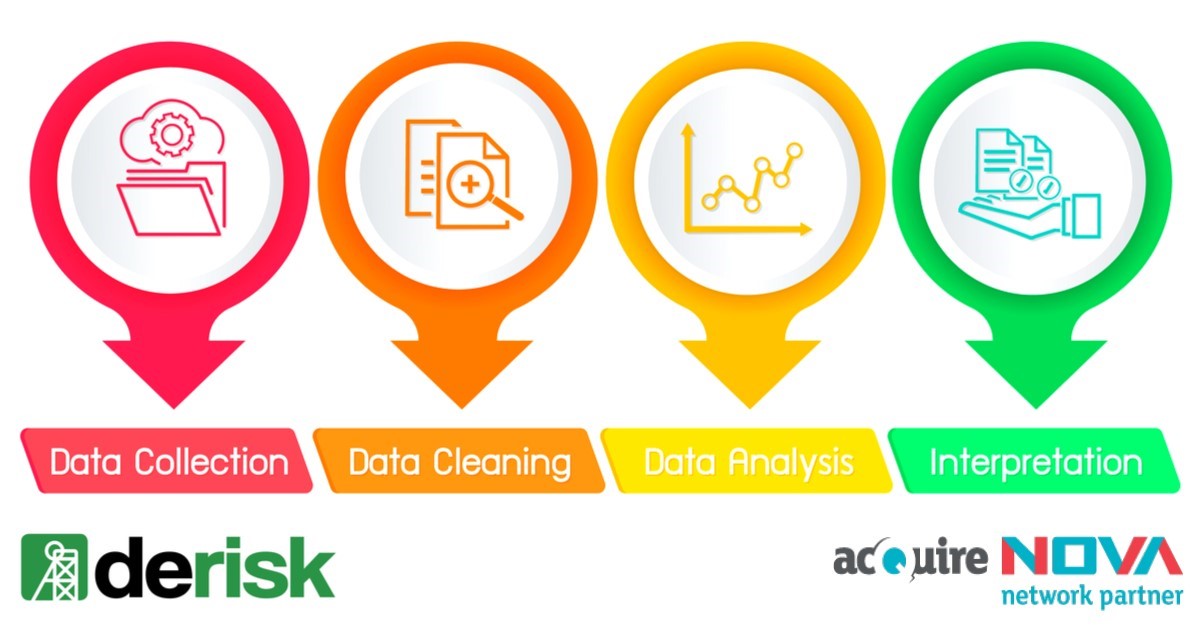The value and importance of geological database integrity
Exploration and mining companies have only one primary asset – what’s in the ground they own or have rights over. Consequently, the geological database is the cornerstone of a company’s most important asset.
Geological databases are rapidly evolving and growing as innovation makes more and more data available to the minerals industry. In its broadest sense, a geological database can include:
- Remotely-collected and locally-collected data sets.
- Geological, geophysical, structural, geochemical and mineralogical data sets.
- Photogrammetry and other spectral data sets.
- Two and three-dimensional spatial referencing using different methods and grid systems.
Whether a company has multiple databases to store different types of geological data, or has an integrated database, the fundamentals of database management are the same – data must be collected, cleaned and analysed before it can be reliably used. As David Stephen (acQuire Managing Director) noted, “When your data is unreliable, you’re also exposed to increased risk, especially from outside review. Data integrity provides a stronger culture around risk management and contributes to quality-focused organisational goals”.

Database integrity refers to the consistency and accuracy of data stored in a database. Exploration and mining companies collect a huge amount of data, often daily, and the collection of this data consumes much of the budget of many exploration companies and mine geology departments within operations. As such, geological databases need to be valued, established carefully with database integrity in mind, have appropriate functions in place to manage new data, and be securely maintained to ensure the output is as reliable and accurate as possible.
Some of the integral components of good database include:
- An appropriate structure to meet the needs of the company, including validation procedures and error checks for the data, developed during the design and set up phases of the database.
- Formalised procedures for entering, checking and validating new data.
- Suitable quality assurance and quality control procedures.
- Systems to ensure the validated master database cannot be altered (inadvertently or maliciously).
Databases do require updates and periodical checks to ensure that the rules and validations remain valid and are working as expected, and that all required data to ensure the database rules can efficiently work is in place.
The key risks associated with a poor database are that the data is inaccurate, incorrectly located or referenced, or incomplete – and therefore unreliable. Given geological databases feed into Exploration Results and Targets, Mineral Resource estimates and Ore Reserve estimates, integrity of these databases is paramount. During technical reviews and audits, the discovery of a poor-quality database is a red flag denoting a serious concern, and may be indicative of other poor practices.
Derisk can work with geologists and database managers on projects from early exploration through to operating mines, to help ensure that the geological database is accurate, reliable and fit-for-purpose. We are experienced in a range of database programs and applications.
Please contact either Tammy or Mark to discuss how Derisk can assist with your company’s geological database requirements.

For more information
Mark Berry (Director and Principal Geologist)
+61 4 0802 9549
[email protected]
